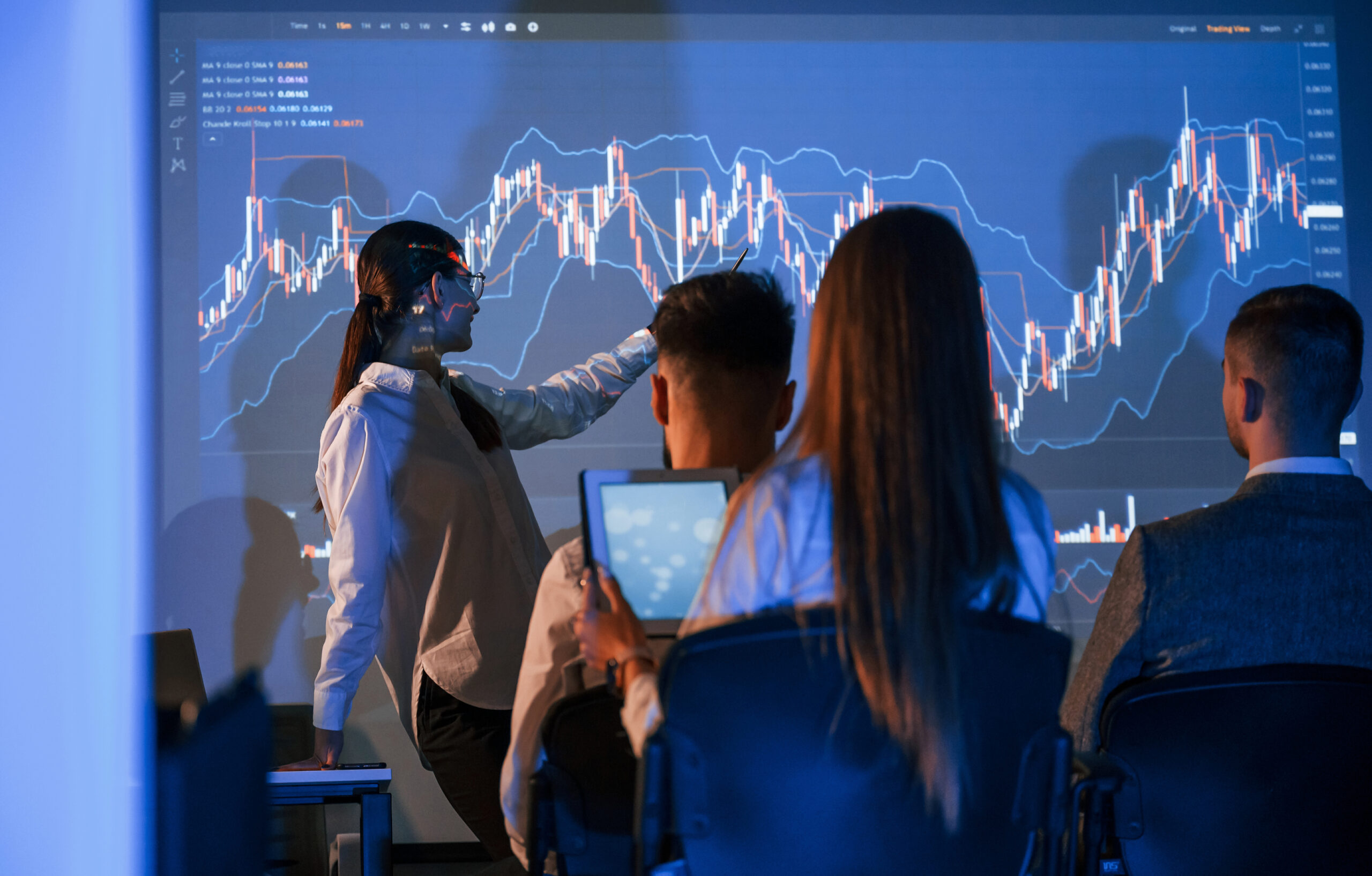
In the fast-paced world of high-level trading, the relationship between mathematics and market strategy is crucial in determining success. Traders and investors employ mathematical principles, quantitative analysis, and strategic thinking to make informed decisions and maximize profits. As financial markets become increasingly complex, understanding the intersection of mathematics and market strategy is essential for anyone involved in trading at the highest levels.
Mathematics in Trading: The Backbone of Market Strategy
Mathematics forms the foundation of high-level trading strategies. Applying mathematical concepts such as probability, statistics, and calculus helps traders make predictions, model risks, and identify trends. These mathematical tools allow them to develop models that predict market movements and guide decision-making.
Developing quantitative models is one of the most critical areas where mathematics intersects with trading. Quantitative trading involves using mathematical algorithms to analyze and interpret market data. These models rely on statistical methods to forecast the probability of specific outcomes, helping traders decide when to buy or sell assets. Without mathematics, these models would be impossible to develop and would significantly hinder a trader’s ability to stay ahead of the competition.
Furthermore, financial instruments such as options, futures, and derivatives require understanding advanced mathematical concepts. The Black-Scholes model, which is used to price options, is a prime example of how mathematical principles influence market strategy. This model uses calculus and probability theory to calculate the fair value of options, allowing traders to determine whether an option is overvalued or undervalued.
Risk Management: The Role of Mathematics in Mitigating Losses
Risk management is one of the most significant applications of mathematics in high-level trading. Successful traders must navigate the inherent risks in the market and rely on mathematical tools to quantify and manage those risks effectively.
Mathematical models, such as value at risk (VaR) and expected shortfall, help traders estimate the potential for loss in their portfolios. These models allow traders to determine the capital needed to absorb potential losses while still achieving their target returns. Risk management is essential to ensure traders do not lose more than they can afford, especially when dealing with highly volatile assets.
Additionally, mathematical techniques like Monte Carlo simulations enable traders to assess the probability of different outcomes based on various input parameters. This simulation process can help predict the likelihood of extreme market events and allow traders to adjust their strategies accordingly. The ability to quantify risk mathematically gives traders a significant advantage in managing uncertainty and preventing catastrophic losses.
Market Analysis: How Mathematics Guides Investment Decisions
The intersection of mathematics and market strategy is evident in how traders analyze market data and make investment decisions. By using statistical techniques such as regression analysis, time series analysis, and machine learning algorithms, traders can identify patterns and trends in market behavior.
For instance, traders use time series analysis to study historical data and forecast future market movements. This technique involves analyzing the past performance of a particular asset to identify trends and predict how the asset may behave in the future. By incorporating these statistical methods into their market strategy, traders can increase their chances of making profitable trades.
In addition to statistical methods, machine learning algorithms play an increasingly important role in high-level trading. These algorithms recognize complex patterns in large datasets, enabling traders to make decisions based on a broader range of factors than traditional methods allow. Machine learning models can analyze vast amounts of market data and adjust trading strategies in real time, helping traders capitalize on market inefficiencies and trends.
The Importance of Speed and Accuracy: How Mathematics Enhances Trading Efficiency
In high-level trading, speed and accuracy are critical factors for success. The ability to execute trades quickly can mean the difference between a profitable and unprofitable position. Mathematics enhances trading efficiency by providing the tools for fast and accurate decision-making.
Algorithmic trading involves using computer algorithms to execute trades at high speeds and relies heavily on mathematical models to function effectively. Based on current market conditions, these algorithms use advanced mathematical formulas to determine the best time to buy or sell an asset. By relying on mathematical models to make these decisions, traders can execute trades faster than human traders and take advantage of fleeting market opportunities.
In addition, mathematical formulas used to calculate optimal trade sizes, entry and exit points, and stop-loss levels help traders minimize errors and reduce the likelihood of costly mistakes. These mathematical tools provide the precision required for executing complex strategies in real time, ensuring that traders can capitalize on every opportunity that arises.
Mathematics and Market Strategy: The Future of High-Level Trading
As technology advances, mathematics’s role in high-level trading will only grow in importance. The increasing complexity of financial markets and the vast amounts of data available to traders require more sophisticated mathematical models and strategies.
Machine learning, artificial intelligence, and big data analytics are expected to revolutionize how traders approach market strategy. These technologies will allow traders to process and analyze data at an unprecedented scale, providing new insights into market behavior and enabling more accurate predictions. Traders who harness the power of these tools will navigate the challenges of the modern trading environment more effectively.
Mathematical models will continue to evolve, becoming more precise and adaptable to changing market conditions. By combining advanced mathematics with cutting-edge technology, traders can develop even more effective market strategies that give them a competitive edge in the global marketplace.